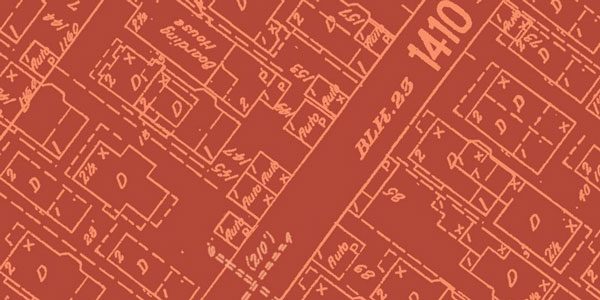
Shaping Vancouver 2018: Contested Places
Conversation #2: Change in Living Communities – False Creek South
WHEN: Thursday, October 11, 2018 – 7pm to 9pm
WHERE: SFU Woodwards (149 W Hastings Street) – Djavad Mowafaghian World Art Centre,
ADMISSION: free; donations help us offset the costs of the event. – https://www.eventbrite.ca/e/shaping-vancouver-2018-change-in-living-communities-false-creek-south-tickets-49931188529
False Creek South is a 55-hectare stretch of waterfront land between the Burrard and Cambie bridges, characterized by extensive green spaces and a diverse mix of housing types. The design of this community has its roots in the values-based social planning that was revolutionary when introduced in the 1970s and 80s. By giving priority to values associated with quality of life and a livable city, this area was created with an equal portion of non-market rental housing, co-ops, and condominiums in a “Garden City” setting geared to a pedestrian culture.
The lease agreements, with strata leasehold owners, co-ops and non-market housing operators that made this diverse mix of housing possible, will begin to expire in 2025. The City, which owns approximately 80% of False Creek South, has begun to explore the future of this neighbourhood and its residents. There are many additional issues: the diversity of people supported by the current housing mix central to this community; development along the edges of the area; and retention and redevelopment of the existing urban fabric. False Creek South is an example of how values-based community planning can integrate with the ever-evolving urban fabric of the City.
In this session, we seek to provide a space for attendees to discuss:
- What physical and non-physical aspects of False Creek South are significant and definitive, and what degree of change is acceptable before these qualities are compromised?
- As a piece of city-owned land that can contribute to civic priorities – in particular housing issues – how much responsibility should be placed on False Creek South as a solution to housing needs?
- False Creek South is seen as a city real estate asset both for the potential density that can be added and the rate of financial return that can be achieved. Does this view trump the other ways in which False Creek South is of value to the City?
- What are the implications of the fact that the land is City owned? Does the City have a special responsibility to these areas which have become cultural and social assets to Vancouver?
- What can be expected in terms of a collaborative process based on the False Creek South Provisional Vision Statement and Guiding Planning Principles formulated and adopted by the City?
***
For more information click here.
**
About this series: Shaping Vancouver 2018: Contested Places
Welcome to our fourth season of Shaping Vancouver. This season, we focus on the multiple values of places. Change is a fundamental part of heritage. Places are not frozen in time- with the passage of time, changes occur in them layering additional meaning on top of another. These changes bring about the diversity and differing values that characterize a place. And these values may not be the traditional ones we think of – the historic and the aesthetic values of architecture. In many cases, some of those values may conflict.
We engage with these complexities of place and their differing communities by looking at several examples in Vancouver where these multiple values stand out. How do we learn, understand, capture, protect, and balance the differing values that are central for a place so that it contributes to social benefit and for the public to understand, appreciate, and experience the value of the sites. Importantly, we also explore the need to plan for and have appropriate policies that secure the advantages of this diversity and allow for the coexistence of these multiple realities.
**
Heritage Vancouver Society
www.heritagevancouver.org




